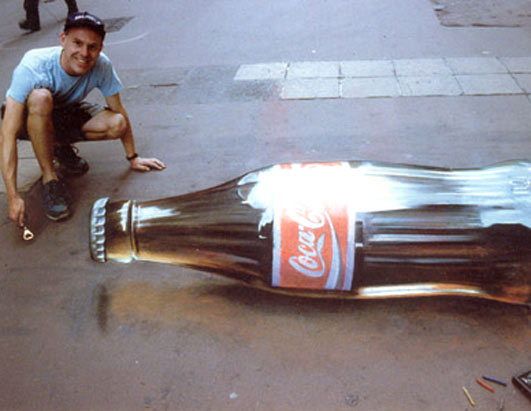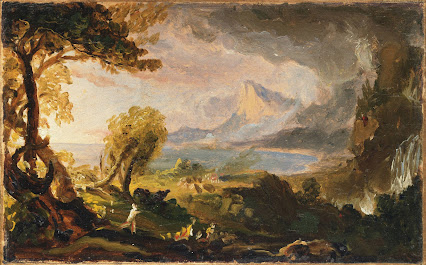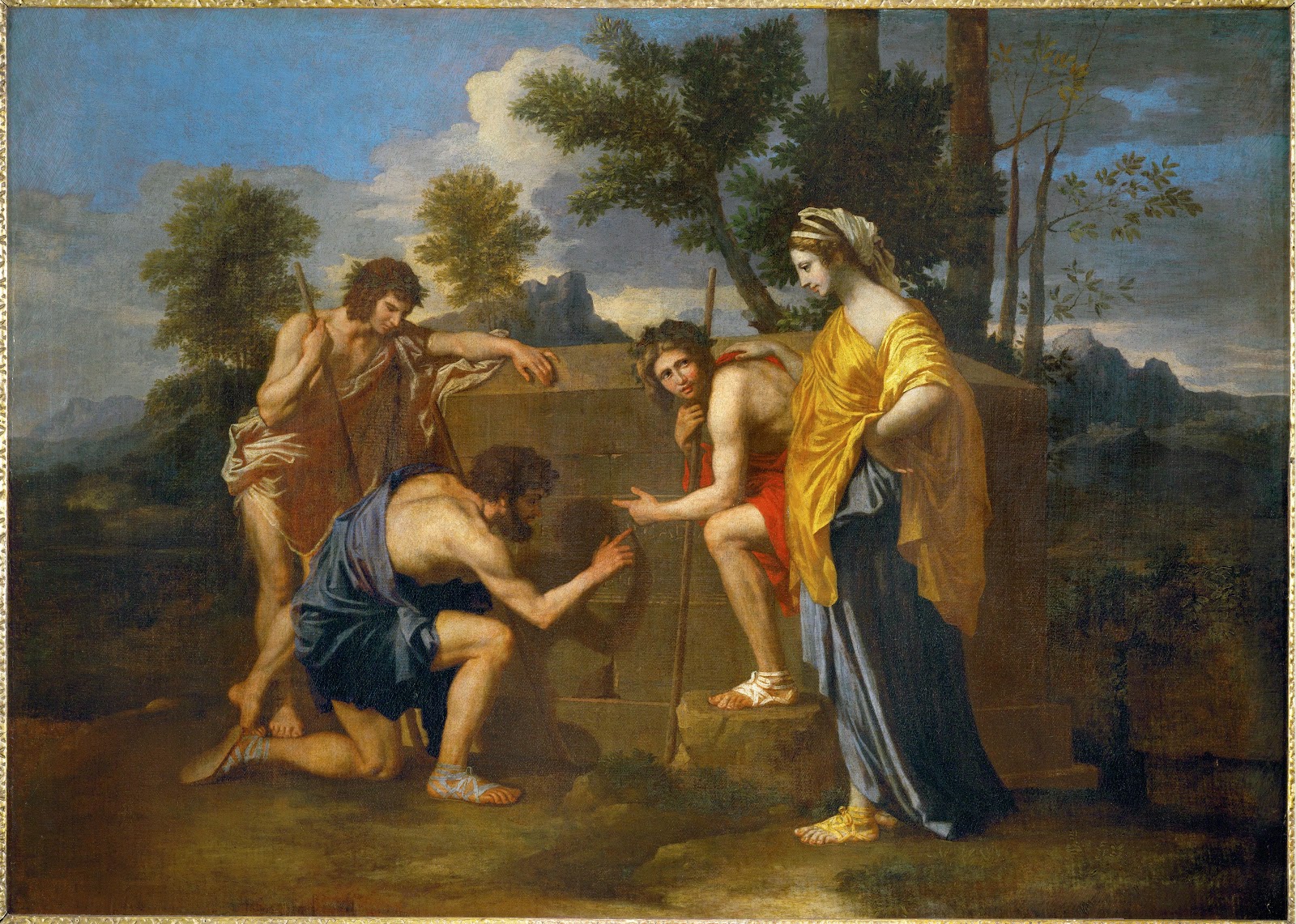NON WESTERN BLOG: EDO PERIOD
Introduction The Edo period, also known as, the Tokugawa period, took place during 1603 - 1867 as the end of traditional Japan. During this period, Japan was under the shogunate (military dictatorship) established by Tokugawa Leyasu. To maintain stability during this period, members of the warrior class and samurai took over residences in the capital while peasants were forbidden to engage in nonagricultural activities. Peasants were forbidden to make sure those in positions of authority continued to receive a stable source of income. Most of the art pieces from this period came from artisans and merchants. Andō Hiroshige Plum Garden at Kameido by Andō Hiroshige (1857) The piece above was created in 1857 by Andō Hiroshige ( Utagawa Hiroshige), a Japanese ukiyo-e artist. Andō is famously known for his horizontal landscape pieces. Most of his pieces feature woodblock print, a style in which he was considered a master in. The piece above features a forest of Edo's most famous tree,







